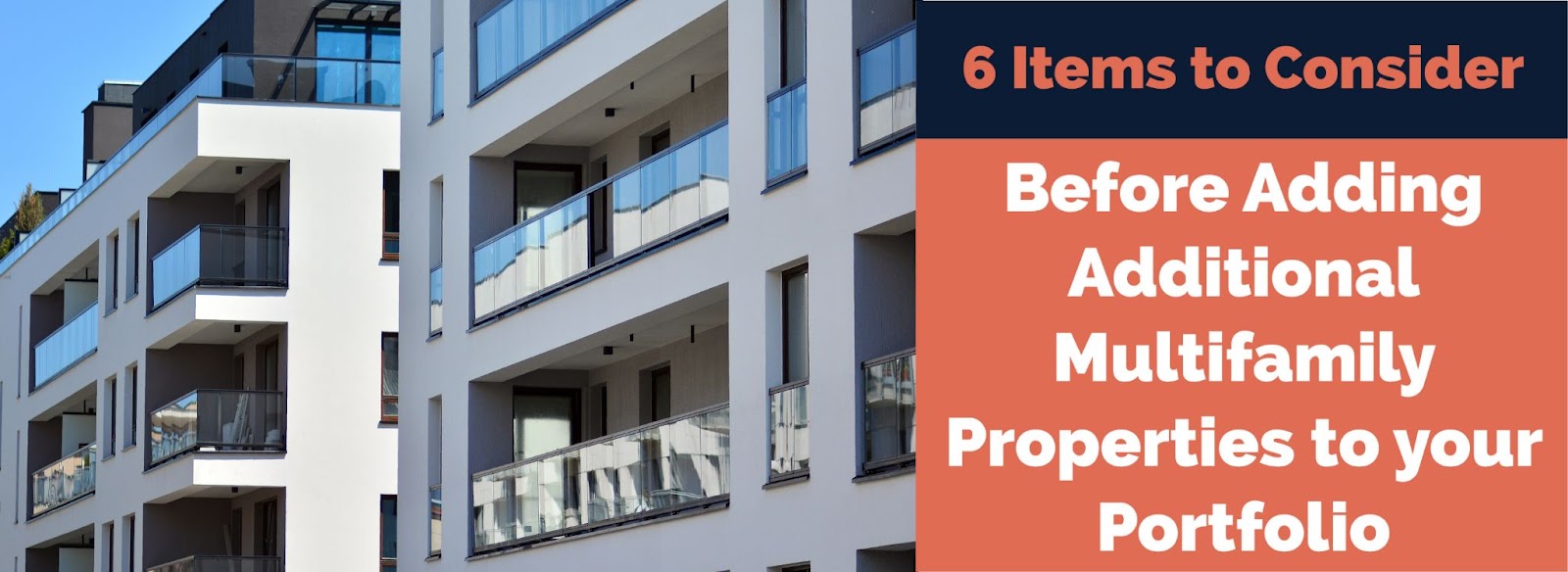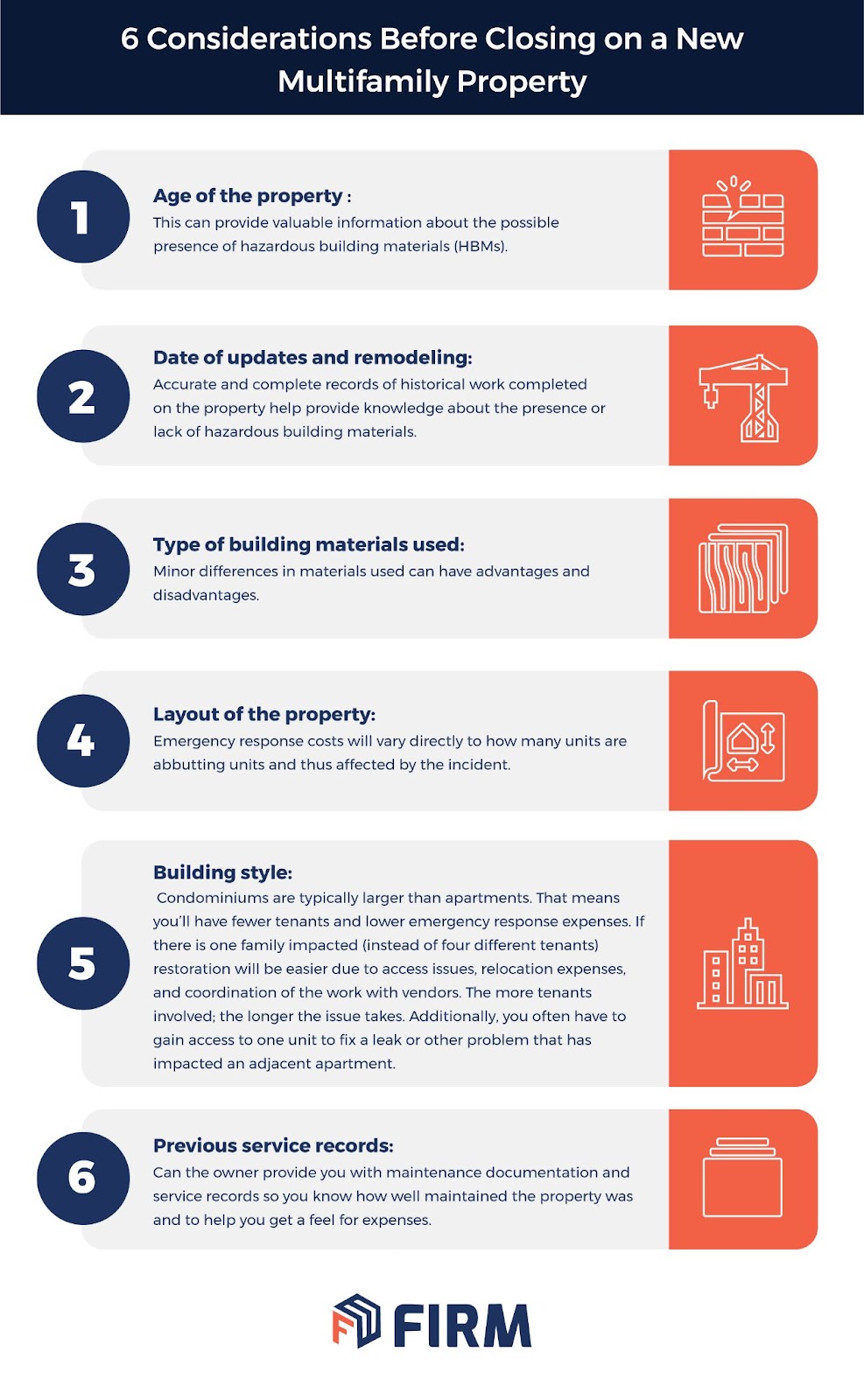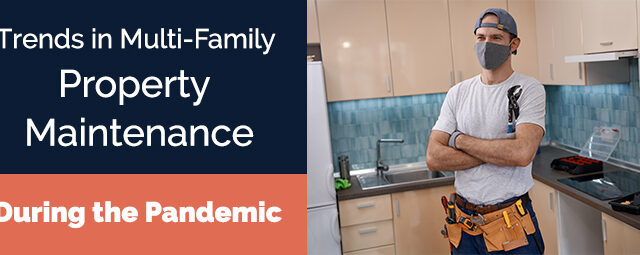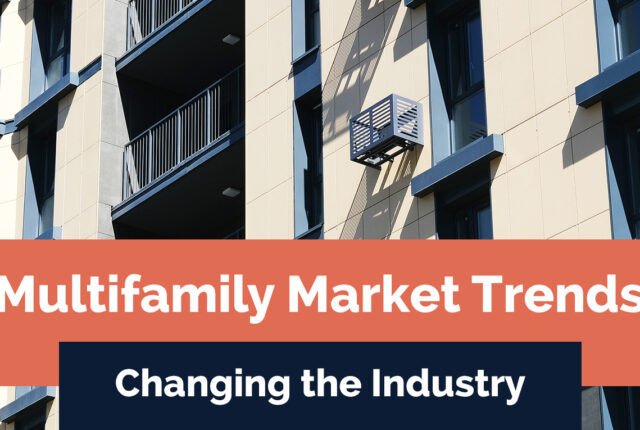
6 Items to Consider Before Adding Additional Multifamily Properties to your Portfolio
You’ve located a multifamily property that would make an excellent addition to your portfolio, and the Phase 1 inspection found no red flags at all. You’re clear to proceed. But should you? Or would it be wise to go a bit deeper and get a better picture of the costs you may be assuming?
The FIRM Incident Response team recommend their clients conclude the pre-purchase inspection of multifamily properties by viewing the potential acquisition from the standpoint of an emergency response and risk perspective. Doing that will give you a clearer picture of the property’s current condition and how expensive it will be to maintain.

Below is a list of the types of considerations FIRM recommends you investigate before closing on the purchase of a multifamily property:
- Age of the property: This can provide valuable information about the possible presence of hazardous building materials (HBMs). If lead, asbestos, or another HBM are found on the site, that means emergency services are going to cost considerably more and you’ll be hobbled by extensive EPA and OSHA regulations. The older the property, the more likely the contractor used hazardous building materials in the construction.
- Date of updates and remodeling: Accurate and complete records of historical work completed on the property help provide knowledge about the presence or lack of hazardous building materials. Those records are also a gold mine of information about recurring problems and problem areas that you can leverage for your maintenance plan.
- Type of building materials: Did the building contractor use plasterboard or drywall for interior walls? Plasterboard has better fire resistance, but is also more expensive and takes more time to install. That means you will almost certainly see amplified bills from vendors during emergency response repairs. It also means your residents will likely be inconvenienced even longer while repairs are made. On the other hand, you may be able to charge more for a unit built with plasterboard to balance out the extra cost.
- Layout of the property: Emergency response costs will vary directly according to how many units are affected by the incident. Fire will spread to every possible room in the building. Likewise, a water leak on the top floor will make its way to the ground unless stopped. This is pure math. A 12-unit multifamily structure has less exposure than a 120-unit structure. Take this into consideration when estimating your risk level and expected maintenance costs.
- Building style: Condominiums are typically larger than apartments. That means you’ll have fewer tenants and lower emergency response expenses. If there is one family impacted (instead of four different tenants) restoration will be easier due to access issues, relocation expenses, and coordination of the work with vendors. The more tenants involved; the longer the issue takes. Additionally, you often have to gain access to one unit to fix a leak or other problem that has impacted an adjacent apartment.
- Previous service records: Have the previous or current owners maintained the building well? Can they provide you with documentation over the last few years and how they addressed and resolved issues? Did they truly fix things or did they invest the minimum amount necessary to make it appear to be fixed? Are the invoices for prior maintenance jobs available? You can use them to help get a feel for the expenses of maintenance and repair.
Adding special considerations like those listed above to the process of purchasing a multifamily property can be an eye-opening experience. Some have avoided paying too much for a property that will be super-expensive to repair, while others find additional proof that their investment is sound. Either way … you win!
For additional information call FIRM at (888) 910-0994.



